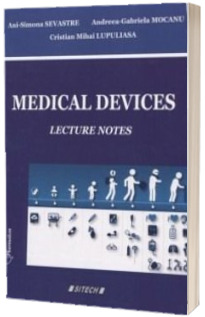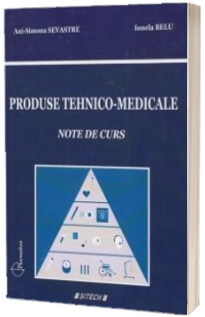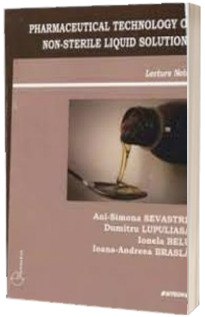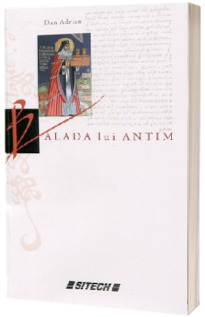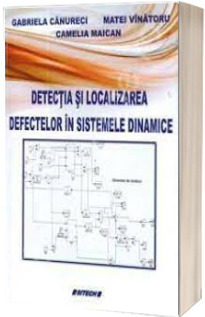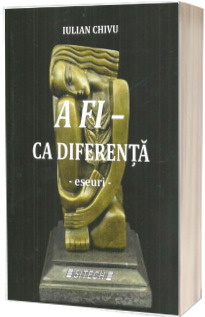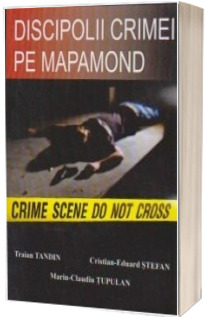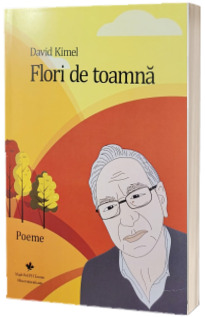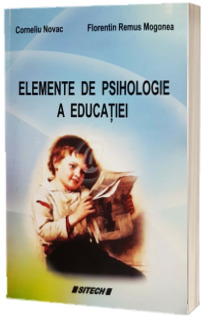Descriere - Pharmaceutical technology of non-sterile liquid solutions. Laboratory Guidebook
PREFACE
Nowadays, pharmacists are employed in many fields: community and hospital pharmacy, pharmaceutical industry, drug control and management, academic and research. In all these areas, their purpose is to ensure optimum drug therapy, by contributing to the preparation, supply and control of medicines and by providing information and advice.
Considering the dispersion degree as the classification criteria of the pharmaceutical formulations, the entitled "PHARMACEUTICAL TECHNOLOGY OF NON-STERILE LIQUID SOLUTIONS - Laboratory guidebook" is a practical manual that deals with aspects related to the preparation of non-sterile molecular dispersed. This textbook targets all pharmacists (pharmacy students and residents, community and hospital registered pharmacists), because in all this fields they continue to prepare medicines.
The compounding process enables them to adapt the formulations to the needs of the individual patient. Considering the indications given for each carefully exemplified recipe, this guidebook develops the necessary skills for a highest level of pharmacist competence. Each category of solution (for oral administration, for skin application or for mucosal application) begins with a brief presentation, a definition and quality conditions, according to the Xth Edition of the Romanian Pharmacopoeia, the 9th edition of the European Pharmacopoeia and the USP 39-NF 34.
For each presented recipe, the following are detailed: observations regarding the associated substances, preparation technique, packaging, storage conditions and therapeutic action. This vademecum is completed with few annexes regarding: abbreviations, frequently used Latin prescription terms, number of drops per gram at 20°C, preparation of different alcoholic concentration, list of stupefying and psychotropic substances (TABLE II) of the 339/2005 Romanian Law.
Glossary and index at the end of the guidebook allow readers to find information in an efficient manner. Considering that this is a textbook and not a reference book, readings of the primary literature cited as references are recommended.
The Authors
